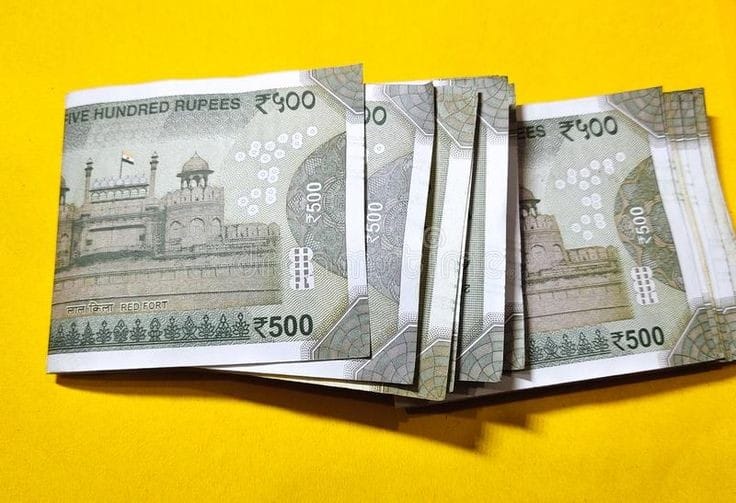
In a recent address at the Global Fintech Fest, KV Kamath, Chairman of the National Bank for Financing Infrastructure and Development (NaBFID), shed light on India’s remarkable success in the realm of digital payments and data utilization, effectively outsmarting China. Kamath noted that while Chinese banks initiated digital payment platforms early on through Alipay and WeChat Pay, India has since overtaken its neighbor in these domains.
China, with Alipay under the e-commerce giant Alibaba and WeChat Pay by social media titan Tencent, boasted millions of users and billions of transactions six years ago. However, Kamath pointed out that global trust issues and regulatory clampdowns hindered China’s global expansion in this arena, allowing India to seize the initiative.
India’s dominance in the digital payment landscape is exemplified by its Quick Response (QR) payments via the Unified Payments Interface (UPI), which has now surpassed a staggering 10 billion transactions per month. These impressive figures pose a substantial challenge to global giants like Visa and MasterCard, showcasing India’s rapid ascent in the digital payments sector.
The next major stride for UPI is anticipated to be the introduction of credit services, potentially revolutionizing small-ticket loans and bolstering India’s digital financial ecosystem.
Kamath emphasized the crucial role of technology enablers in this transformative journey, stating, “The Chinese banks are far less digital than the Indian banks. But the technology enablers who lived there five years ago were probably at a better or higher level than India.”
India’s remarkable success extends beyond digital payments and into data utilization. Kamath highlighted India’s unique position in the global landscape, noting that the country effectively utilizes vast quantities of data at an exceptionally low cost. In comparison, other parts of the world established data capacity at significantly higher price points.
Statistics confirm India’s distinction as one of the world’s cheapest countries in terms of the average cost of mobile internet data, alongside nations like Israel, Italy, San Marino, and Fiji. This cost-effectiveness has contributed significantly to India’s digital revolution.
Kamath’s comments were delivered at the Global Fintech Fest, the premier fintech conference organized by the National Payments Corporation of India (NPCI). During his address, he emphasized the immense disruptive and collaborative potential of fintech in India, showcasing the nation’s substantial progress in technology infrastructure and cutting-edge technologies.
“Most countries have not evolved as India has in terms of its technology stack and cutting-edge technologies,” remarked Kamath. He further elaborated on the opportunities for both local and global scaling within the Indian fintech ecosystem.
In conclusion, KV Kamath’s insights highlight India’s remarkable achievements in the digital payments and data sectors, showcasing the nation’s ability to outperform even early adopters like China. India’s journey towards becoming a global fintech leader continues to gather momentum, promising exciting opportunities for innovation and growth on both domestic and international fronts.










